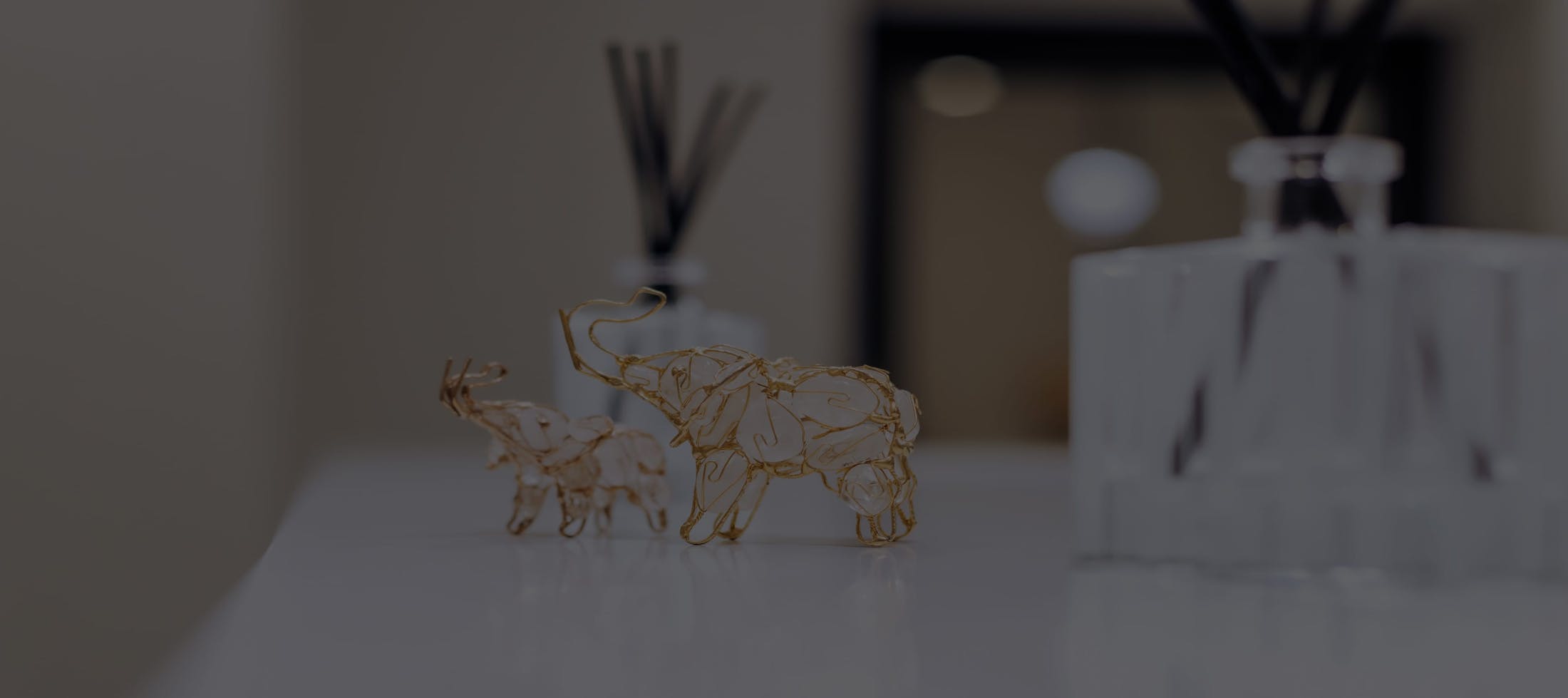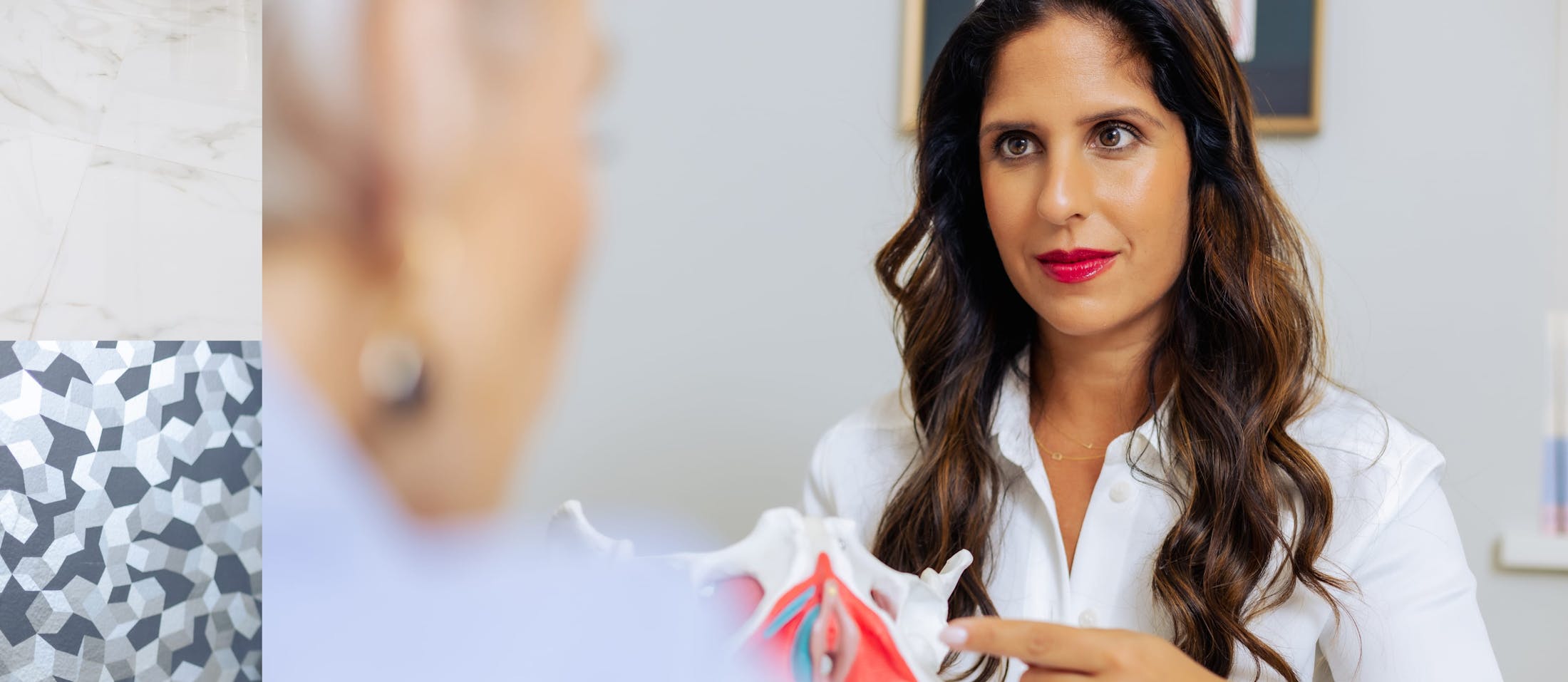Clitoral pain (or clitorodynia) is when your clitoris burns, stings, or throbs. This may be because of medication (or even as a response to stopping certain medications), injury, infection, or damage to the area. Fortunately, most causes of a painful clitoris can be treated with a combination of medication, certain procedures combined with physical therapy, or lifestyle changes.
What causes clitorodynia?
Dermatological conditions like skin infections or other disorders may cause clitoral pain. It may also be a sign of a more serious, underlying condition related to hormonal, neuromuscular, or inflammatory changes. The most common causes of clitoral pain are:
- Past surgery in the vulvar region
- Medications or stopping of certain medications
- Keratin pearls
- Injury from sexual abuse
- Irritation to the nerves in the vulvar region
- Vulvar rashes
- Recurring yeast infections
- Recurrent sexually transmitted infections
- Skin irritation from detergents, soap, or feminine hygiene products
Depending on the underlying cause of clitoral pain, it is imperative to seek treatment immediately. If you’re experiencing pain in your clitoris, seeing a pelvic pain specialist as soon as possible is essential to develop a treatment plan and help you find relief. Various tests may be required to diagnose the underlying reason for ongoing clitoral pain, including taking samples of fluids to identify a bacterial infection and a clinical examination.







